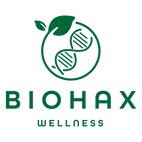Quick links
Essential Oils
25 products
-

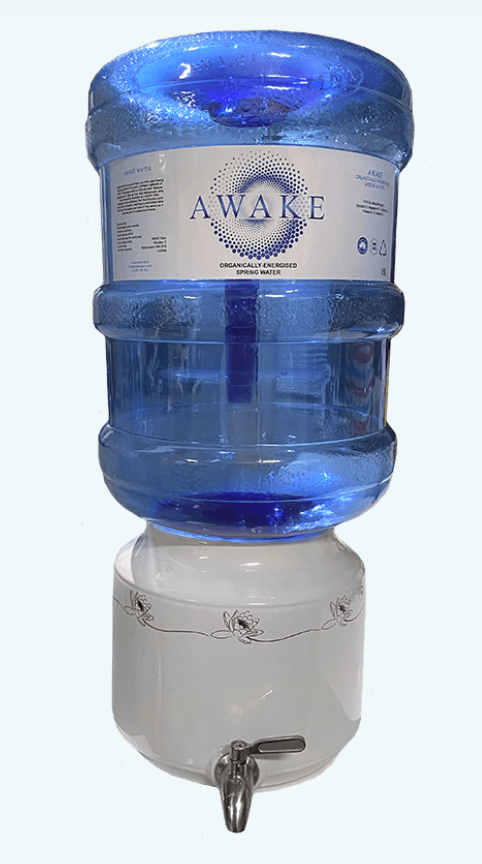 Awake Natural Spring Water – 15.5L | Register Delivery InfoAwake Natural Spring Water – 15.5L | Register Delivery Info
Awake Natural Spring Water – 15.5L | Register Delivery InfoAwake Natural Spring Water – 15.5L | Register Delivery Info- Regular price
-
$0.00 - Regular price
-
- Sale price
-
$0.00
-
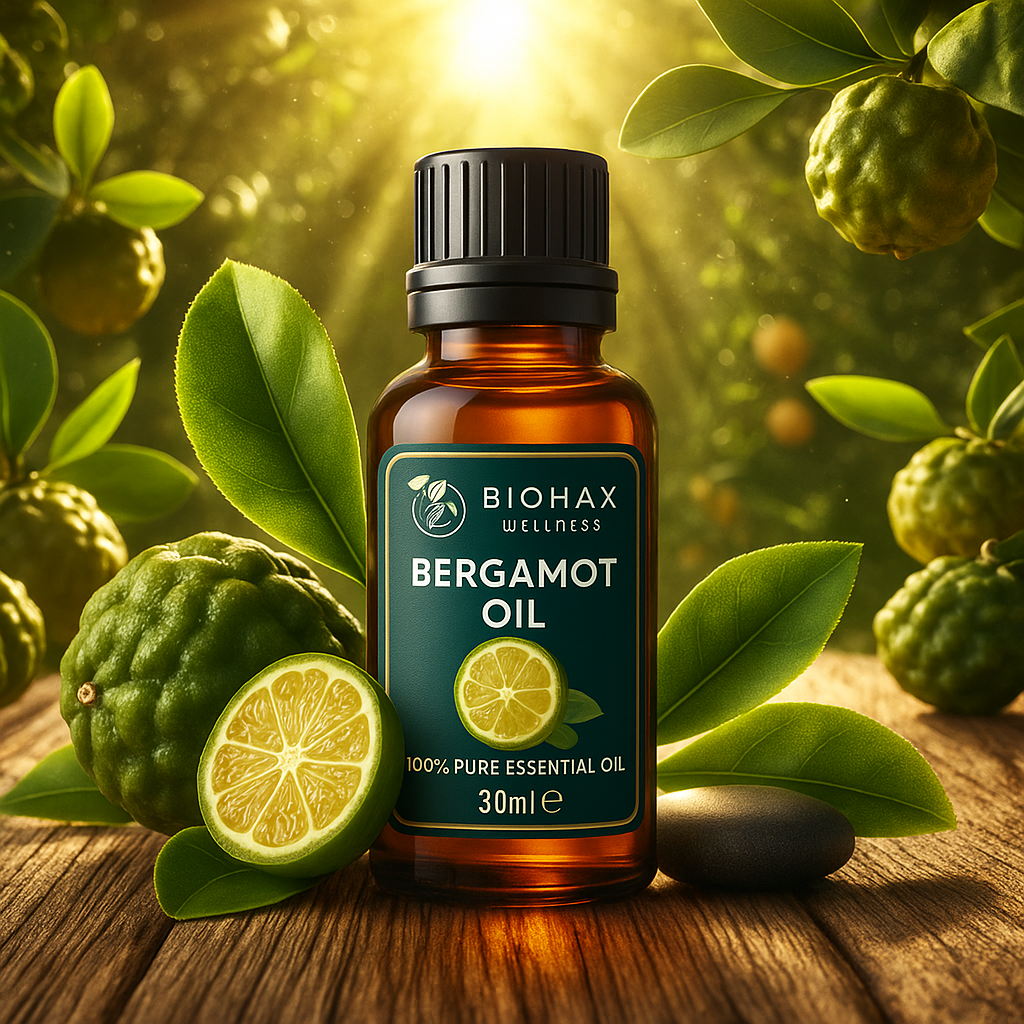
 Bergamot Essential Oil (100% Pure) ItalyBergamot Essential Oil (100% Pure) Italy
Bergamot Essential Oil (100% Pure) ItalyBergamot Essential Oil (100% Pure) Italy- Regular price
-
$13.99 $120.00 - Regular price
-
- Sale price
-
$13.99 $120.00
-
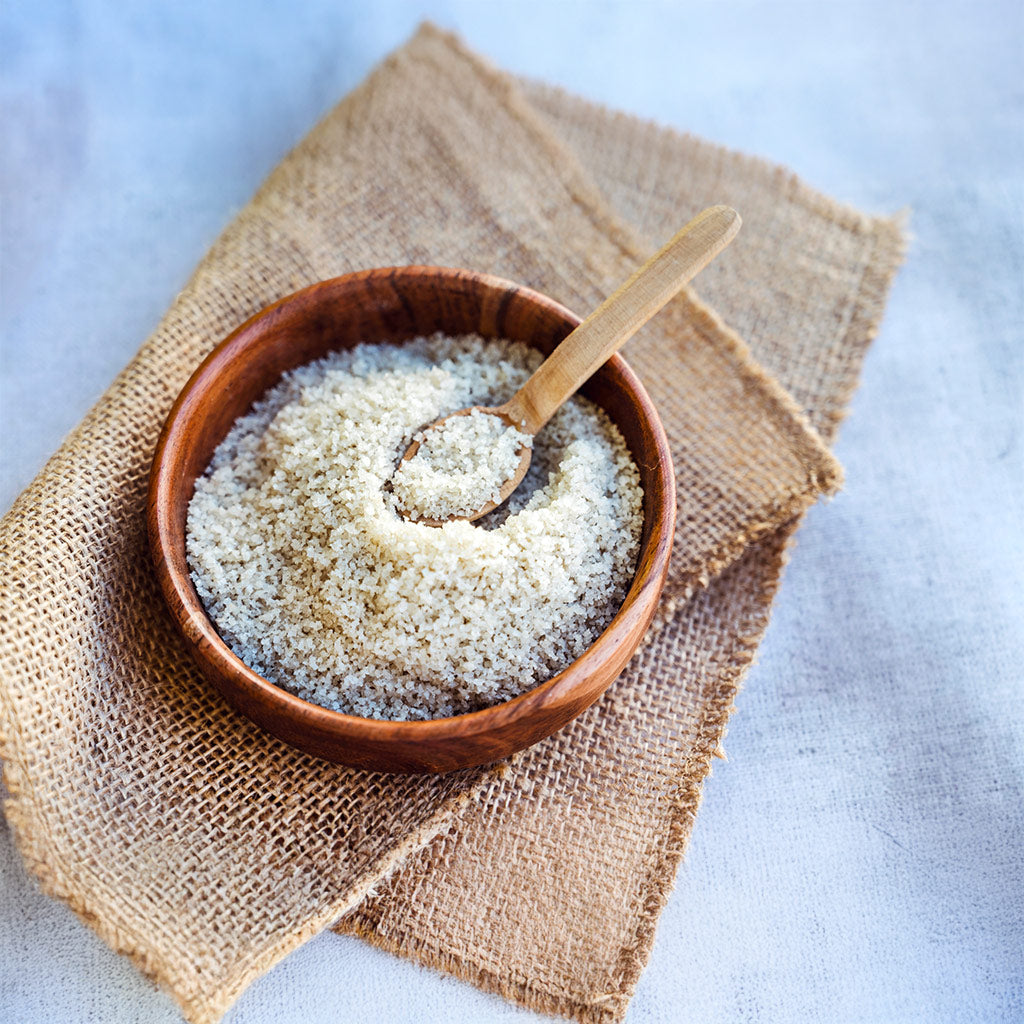
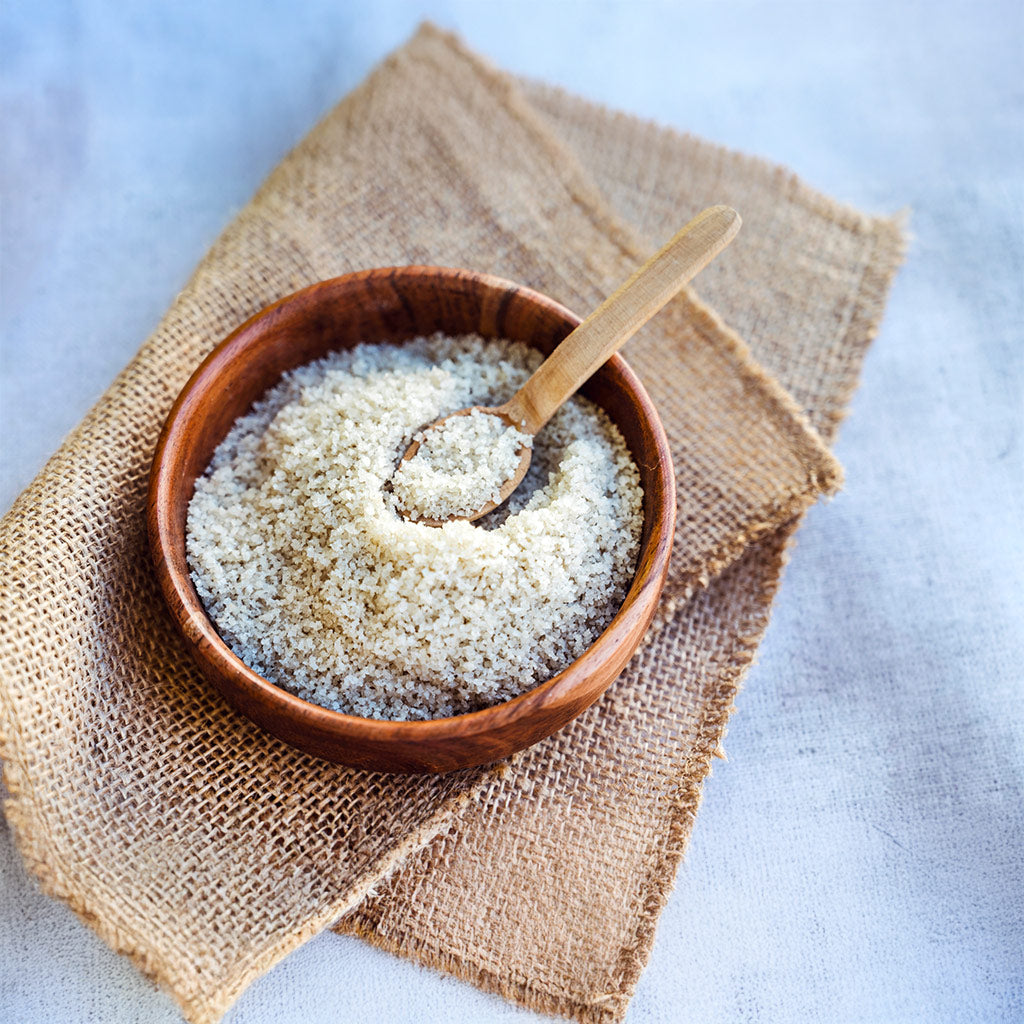 Celtic Sea Salt (France, 100% Pure, Fine) 500g - Mineral-Rich & UnrefinedCeltic Sea Salt (France, 100% Pure, Fine) 500g - Mineral-Rich & Unrefined
Celtic Sea Salt (France, 100% Pure, Fine) 500g - Mineral-Rich & UnrefinedCeltic Sea Salt (France, 100% Pure, Fine) 500g - Mineral-Rich & Unrefined- Regular price
-
$11.95 $74.95 - Regular price
-
- Sale price
-
$11.95 $74.95
-
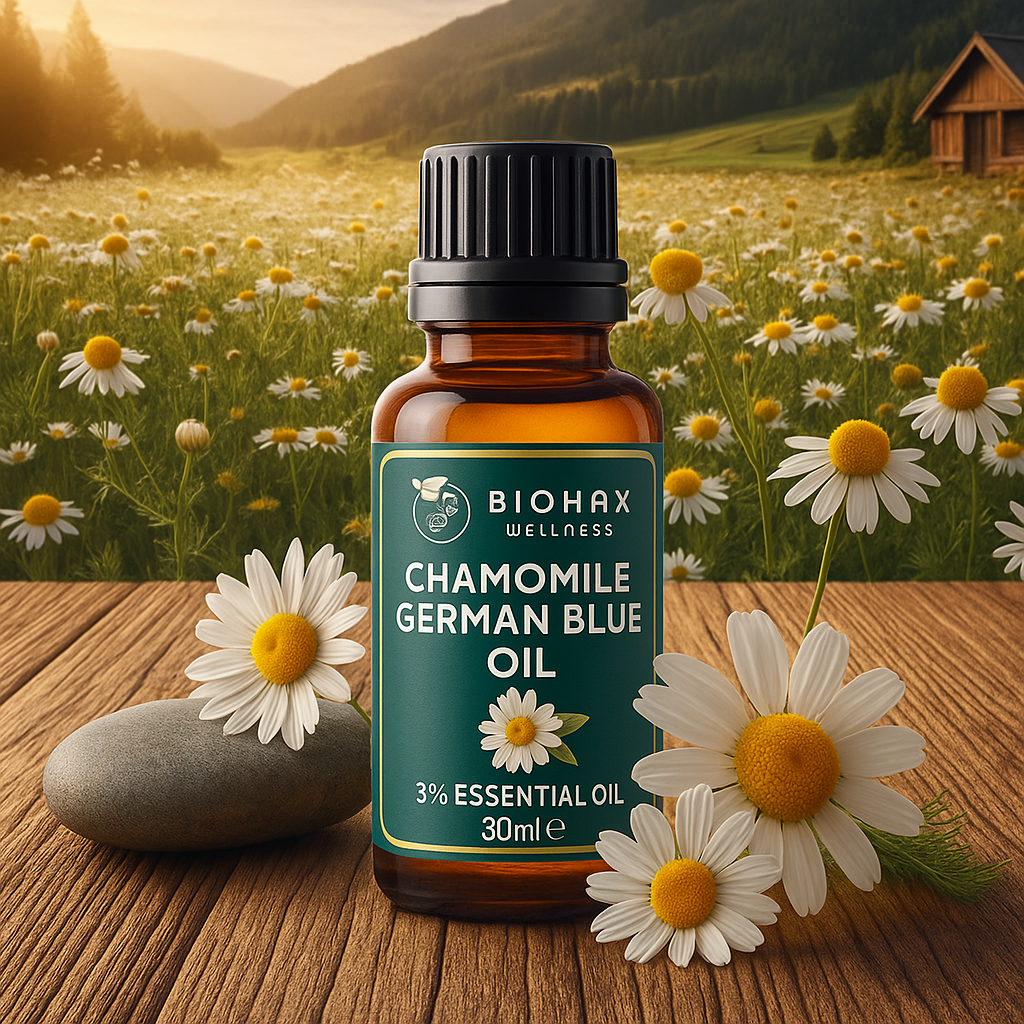
 Chamomile German Blue 3% Essential Oil – Pre-Diluted in Jojoba OilChamomile German Blue 3% Essential Oil – Pre-Diluted in Jojoba Oil
Chamomile German Blue 3% Essential Oil – Pre-Diluted in Jojoba OilChamomile German Blue 3% Essential Oil – Pre-Diluted in Jojoba Oil- Regular price
-
$13.99 $135.00 - Regular price
-
- Sale price
-
$13.99 $135.00
-
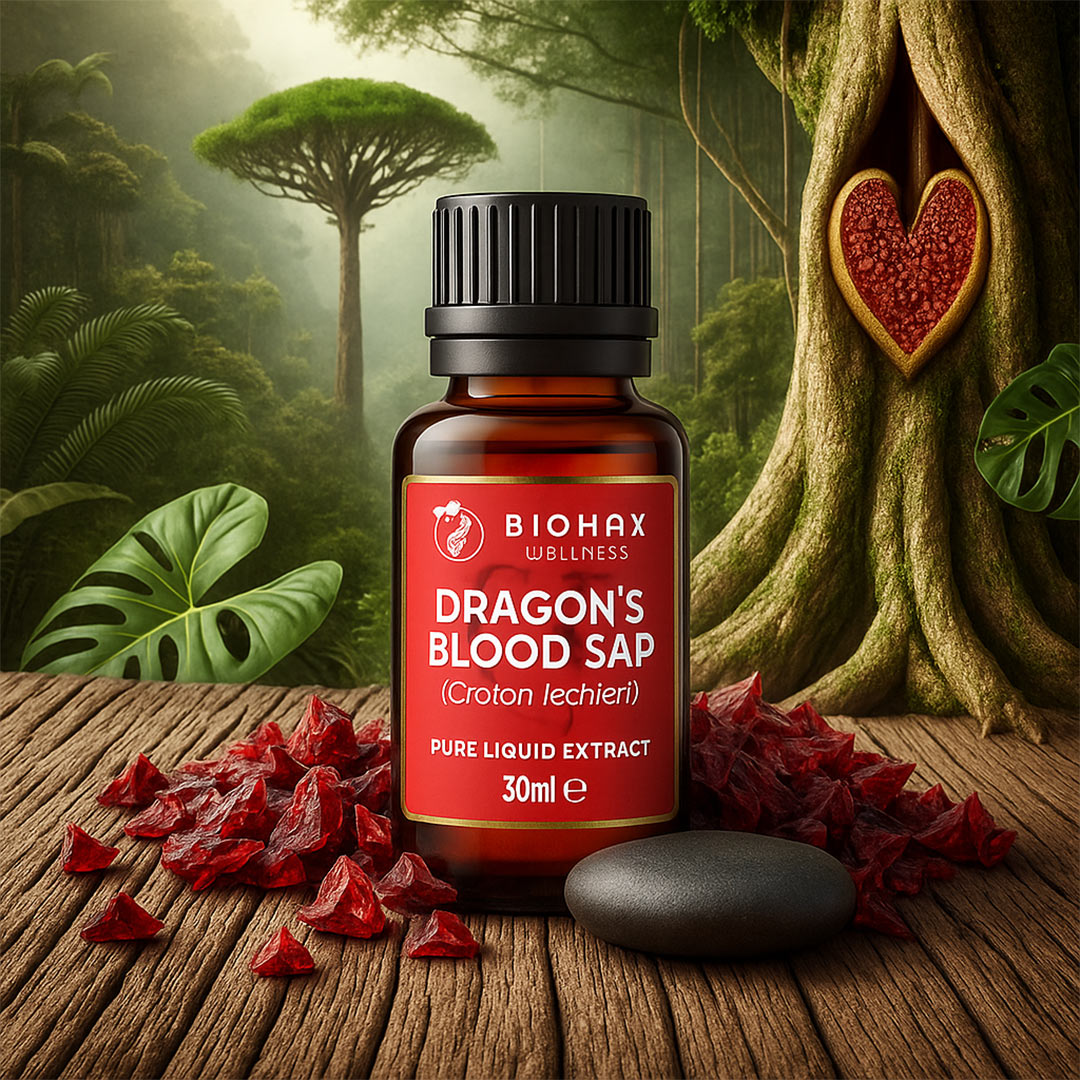
 Dragon’s Blood Resin (Croton Lechleri Sap) – BioHax WellnessDragon’s Blood Resin (Croton Lechleri Sap) – BioHax Wellness
Dragon’s Blood Resin (Croton Lechleri Sap) – BioHax WellnessDragon’s Blood Resin (Croton Lechleri Sap) – BioHax Wellness- Regular price
-
$12.95 $3,999.00 - Regular price
-
- Sale price
-
$12.95 $3,999.00
-
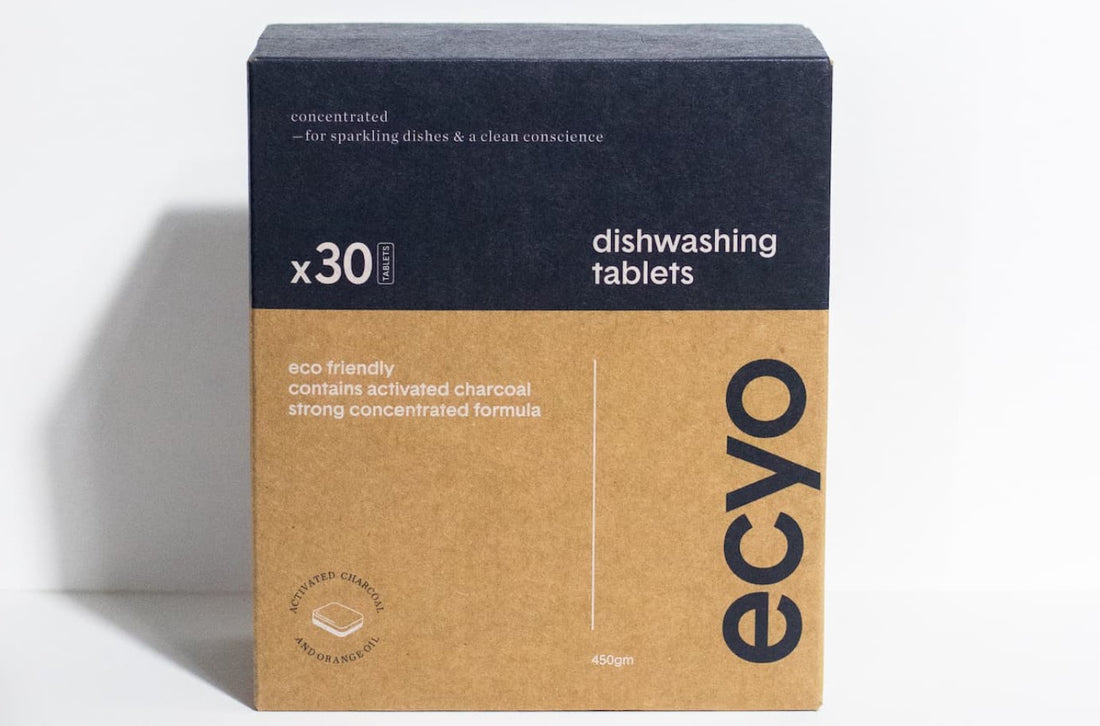 Ecyo Activated Charcoal Dishwasher Tablets – 30 Eco TabsEcyo Activated Charcoal Dishwasher Tablets – 30 Eco Tabs
Ecyo Activated Charcoal Dishwasher Tablets – 30 Eco TabsEcyo Activated Charcoal Dishwasher Tablets – 30 Eco Tabs- Regular price
-
$15.95 - Regular price
-
- Sale price
-
$15.95
-
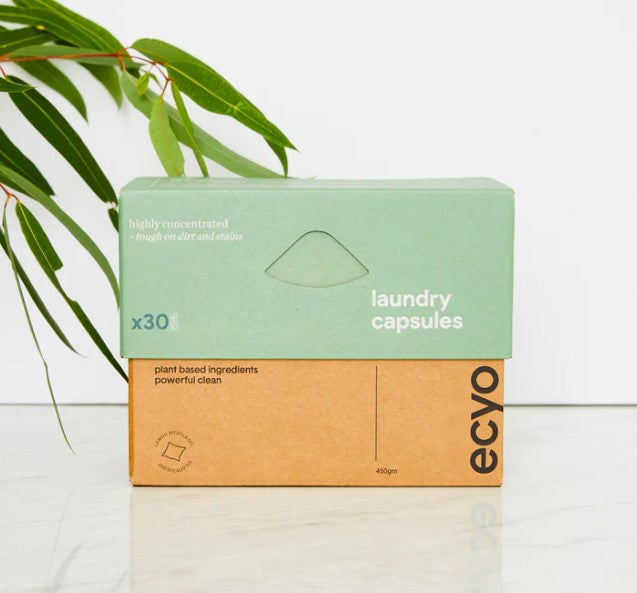
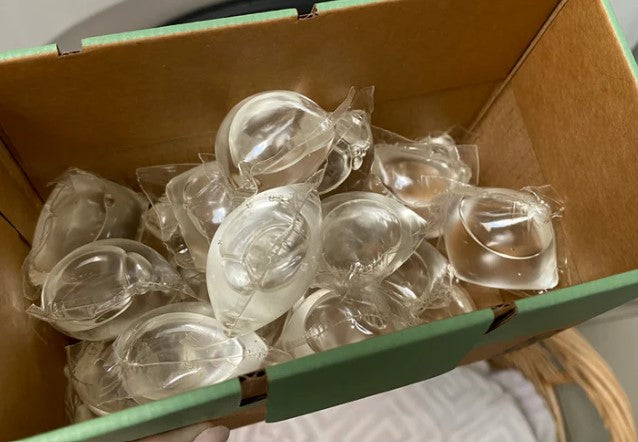 Ecyo Laundry Capsules – Zero Waste Pods for Powerful Plant-Based Cleaning (30 Pack)Ecyo Laundry Capsules – Zero Waste Pods for Powerful Plant-Based Cleaning (30 Pack)
Ecyo Laundry Capsules – Zero Waste Pods for Powerful Plant-Based Cleaning (30 Pack)Ecyo Laundry Capsules – Zero Waste Pods for Powerful Plant-Based Cleaning (30 Pack)- Regular price
-
$17.95 - Regular price
-
- Sale price
-
$17.95
-
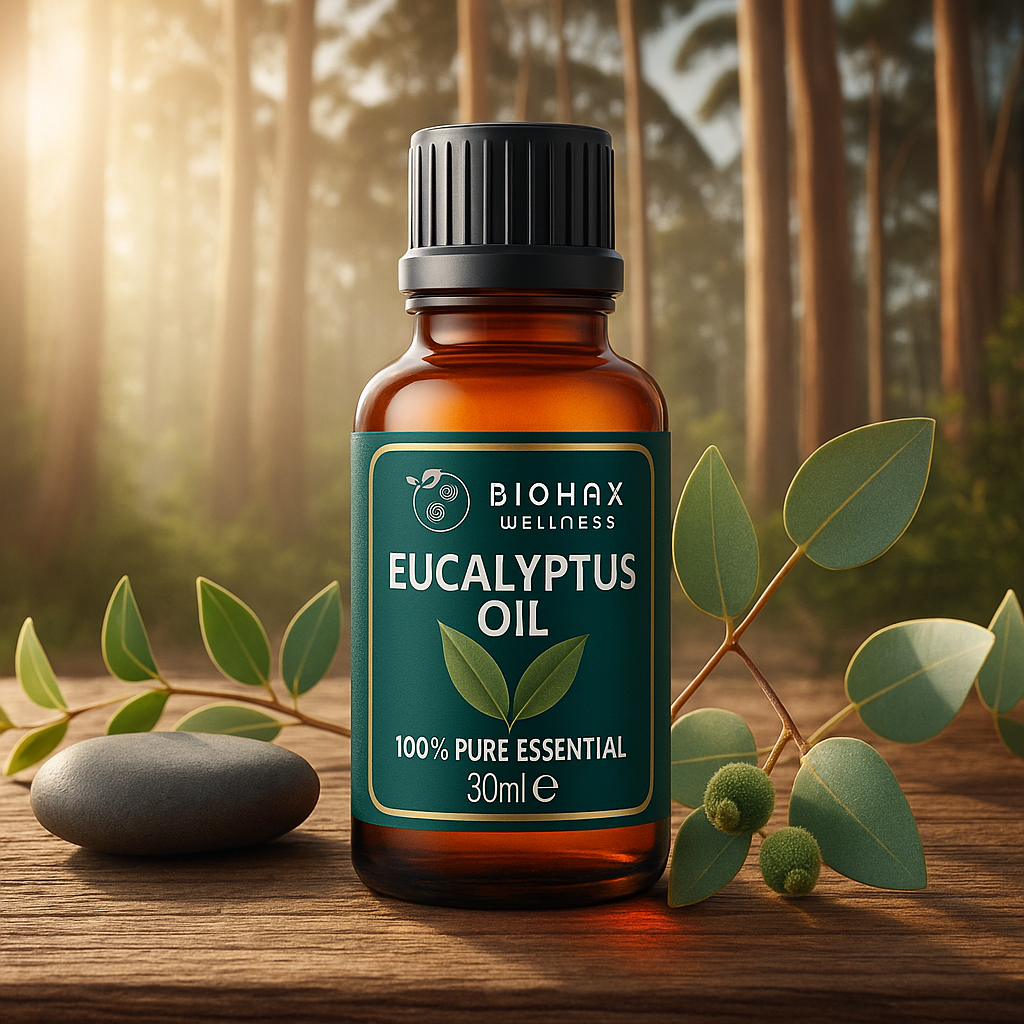
 Eucalyptus Essential Oil (100% Pure) – Steam-Distilled from Australian Eucalyptus GlobulusEucalyptus Essential Oil (100% Pure) – Steam-Distilled from Australian Eucalyptus Globulus
Eucalyptus Essential Oil (100% Pure) – Steam-Distilled from Australian Eucalyptus GlobulusEucalyptus Essential Oil (100% Pure) – Steam-Distilled from Australian Eucalyptus Globulus- Regular price
-
$11.99 $73.99 - Regular price
-
- Sale price
-
$11.99 $73.99
-
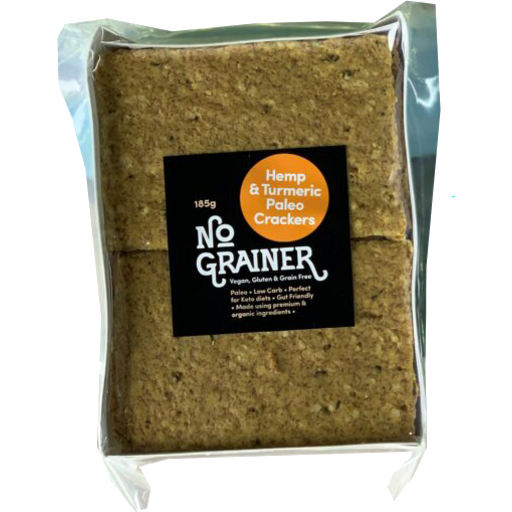
 Hemp & Turmeric Paleo Crackers - No GrainerHemp & Turmeric Paleo Crackers - No Grainer
Hemp & Turmeric Paleo Crackers - No GrainerHemp & Turmeric Paleo Crackers - No Grainer- Regular price
-
$16.50 - Regular price
-
- Sale price
-
$16.50
-
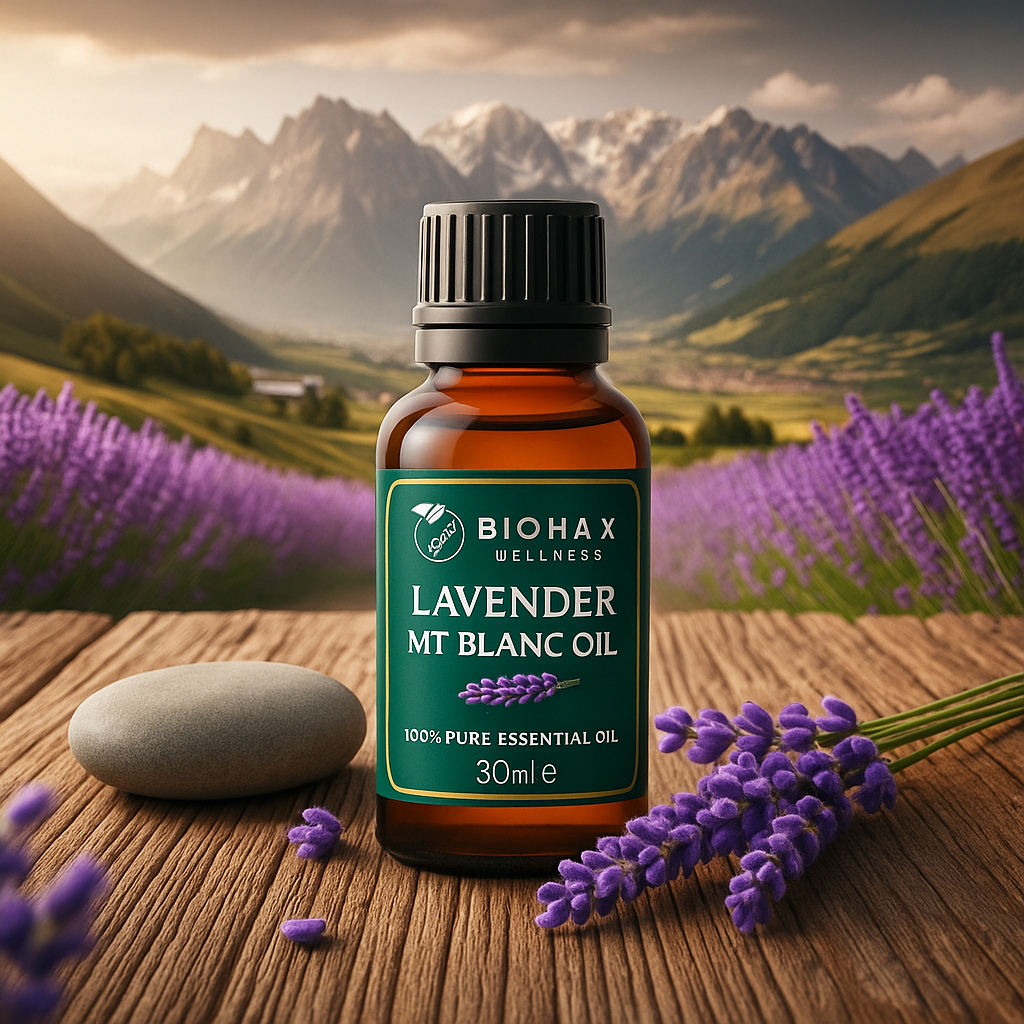
 Lavender Mt Blanc Essential Oil (100% Pure) FranceLavender Mt Blanc Essential Oil (100% Pure) France
Lavender Mt Blanc Essential Oil (100% Pure) FranceLavender Mt Blanc Essential Oil (100% Pure) France- Regular price
-
$13.00 $99.00 - Regular price
-
- Sale price
-
$13.00 $99.00
-
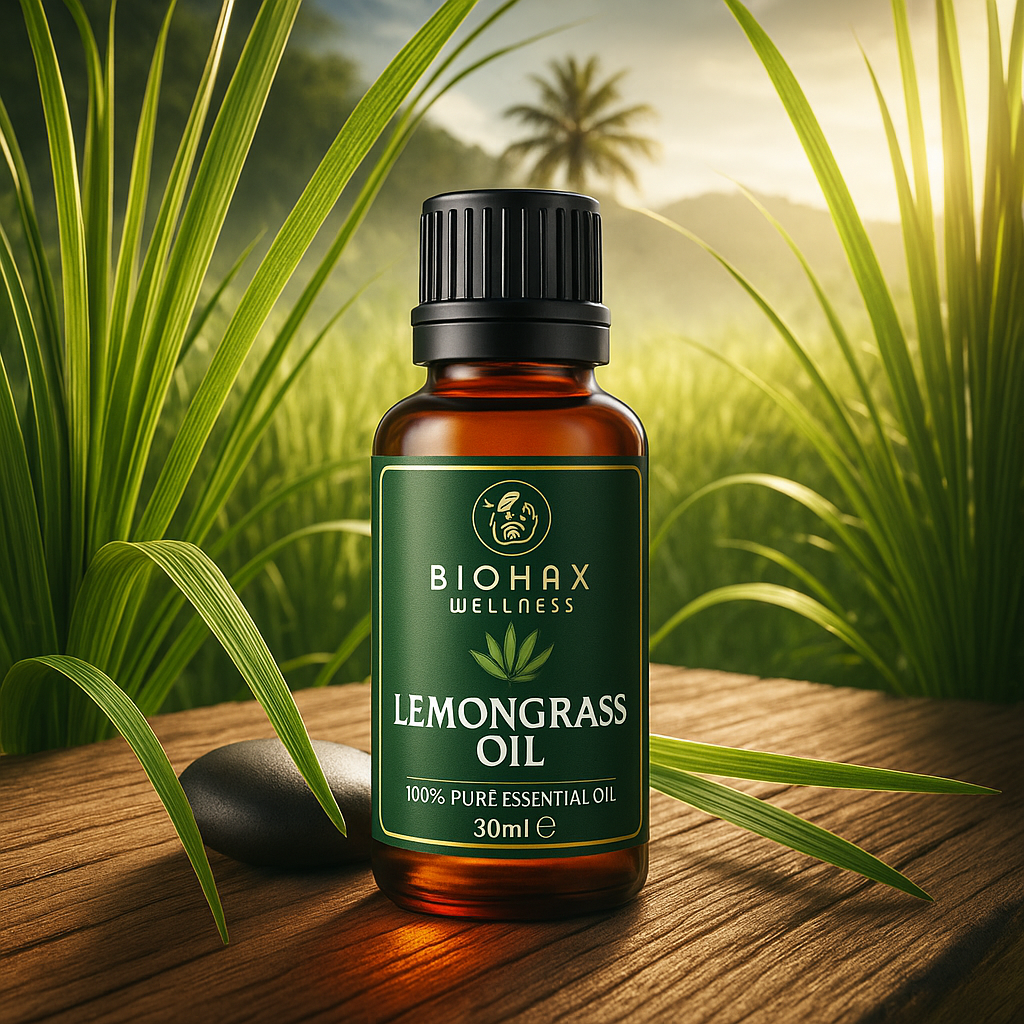
 Lemongrass Essential Oil (100% Pure) IndiaLemongrass Essential Oil (100% Pure) India
Lemongrass Essential Oil (100% Pure) IndiaLemongrass Essential Oil (100% Pure) India- Regular price
-
$11.99 $81.99 - Regular price
-
- Sale price
-
$11.99 $81.99
-
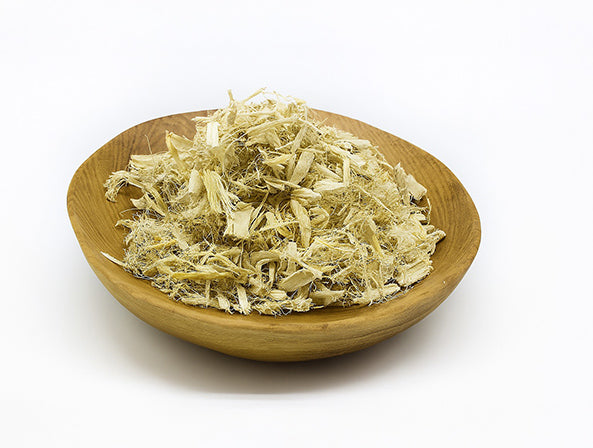 Marshmallow Root (Raw, Cut & Sifted) Poland GrownMarshmallow Root (Raw, Cut & Sifted) Poland Grown
Marshmallow Root (Raw, Cut & Sifted) Poland GrownMarshmallow Root (Raw, Cut & Sifted) Poland Grown- Regular price
-
$16.95 $42.95 - Regular price
-
- Sale price
-
$16.95 $42.95
-
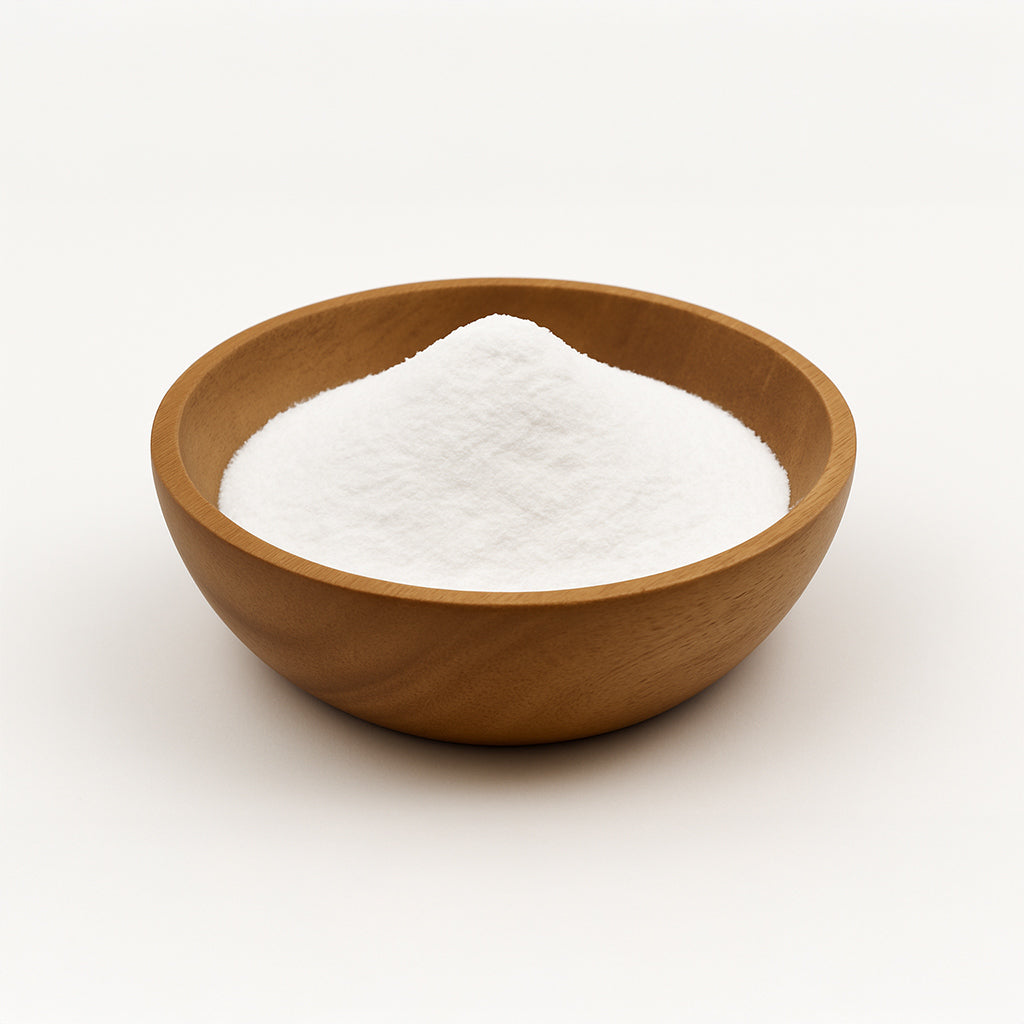 Micronised Creatine MonohydrateMicronised Creatine Monohydrate
Micronised Creatine MonohydrateMicronised Creatine Monohydrate- Regular price
-
$39.95 $1,295.00 - Regular price
-
- Sale price
-
$39.95 $1,295.00
-
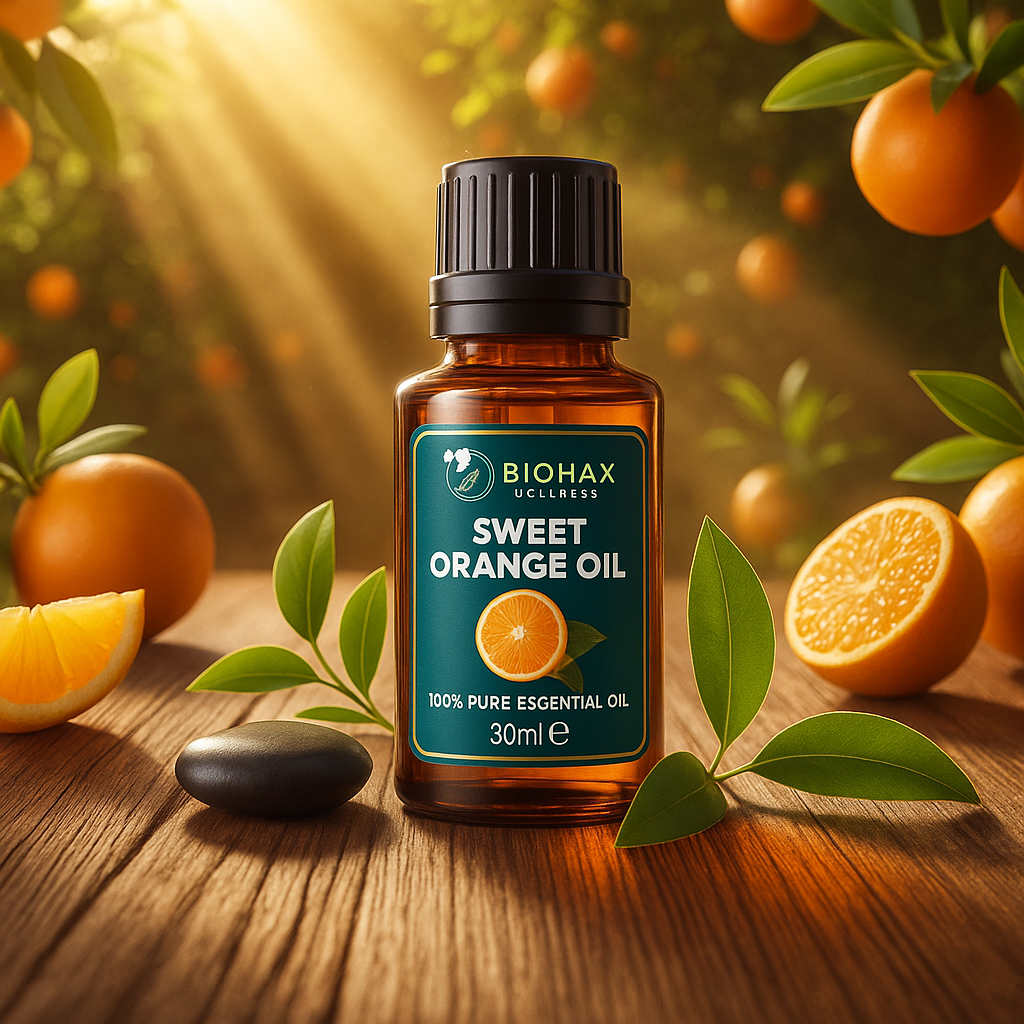 Orange Sweet Essential Oil (100% Pure) Cold-Pressed in BrazilOrange Sweet Essential Oil (100% Pure) Cold-Pressed in Brazil
Orange Sweet Essential Oil (100% Pure) Cold-Pressed in BrazilOrange Sweet Essential Oil (100% Pure) Cold-Pressed in Brazil- Regular price
-
$10.99 $49.99 - Regular price
-
- Sale price
-
$10.99 $49.99
-
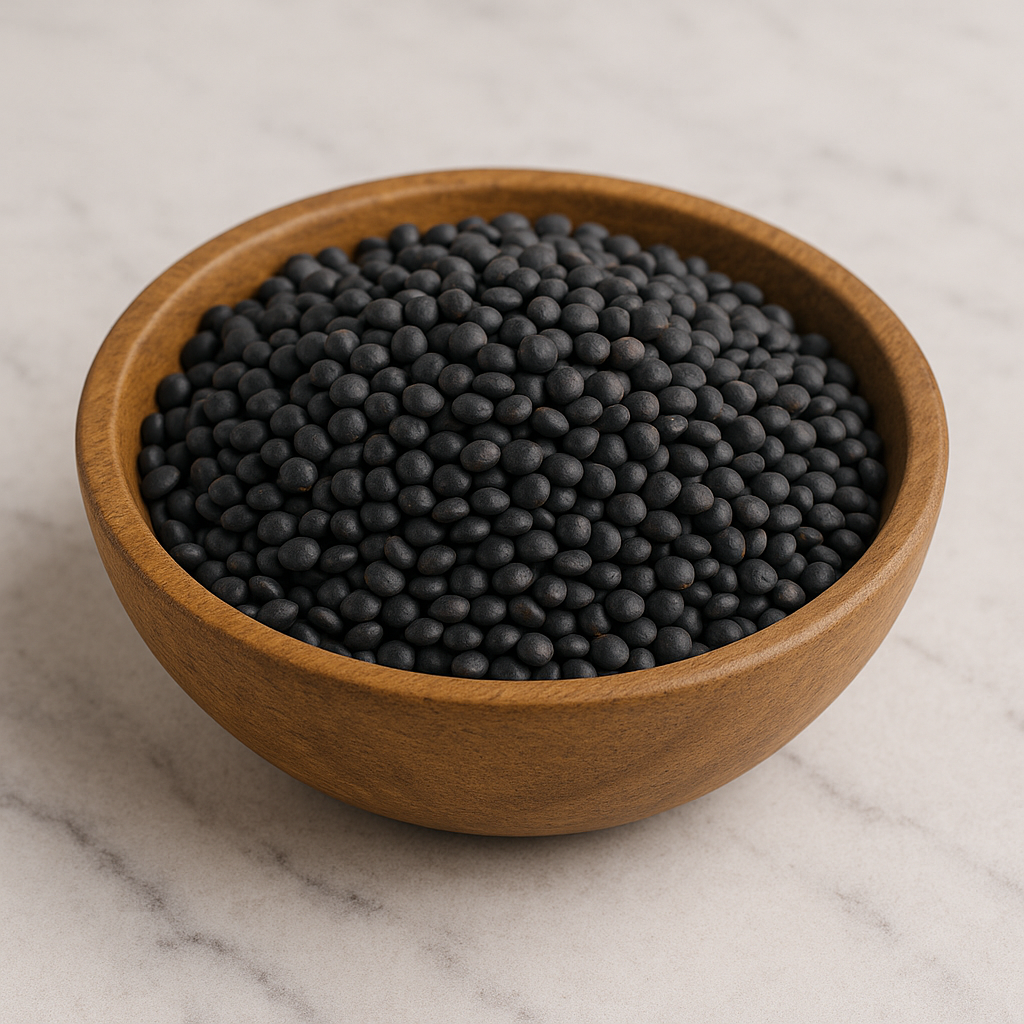 Organic Black Beluga Lentils | Canadian-Grown | Gut-Friendly Protein & FibreOrganic Black Beluga Lentils | Canadian-Grown | Gut-Friendly Protein & Fibre
Organic Black Beluga Lentils | Canadian-Grown | Gut-Friendly Protein & FibreOrganic Black Beluga Lentils | Canadian-Grown | Gut-Friendly Protein & Fibre- Regular price
-
$12.95 $76.95 - Regular price
-
- Sale price
-
$12.95 $76.95
-
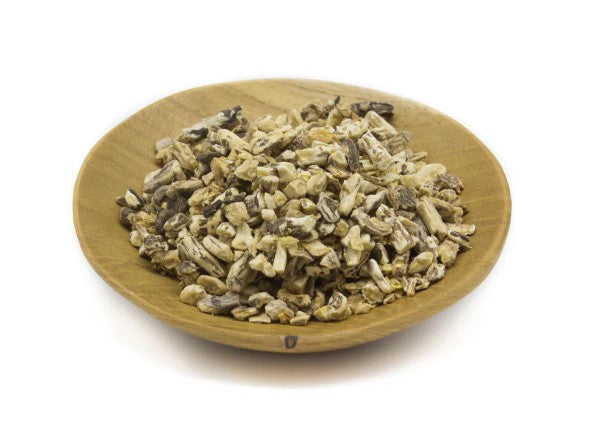 Organic Dandelion Root (Raw, Cut & Sifted) Italy GrownOrganic Dandelion Root (Raw, Cut & Sifted) Italy Grown
Organic Dandelion Root (Raw, Cut & Sifted) Italy GrownOrganic Dandelion Root (Raw, Cut & Sifted) Italy Grown- Regular price
-
$18.95 $369.00 - Regular price
-
- Sale price
-
$18.95 $369.00
-
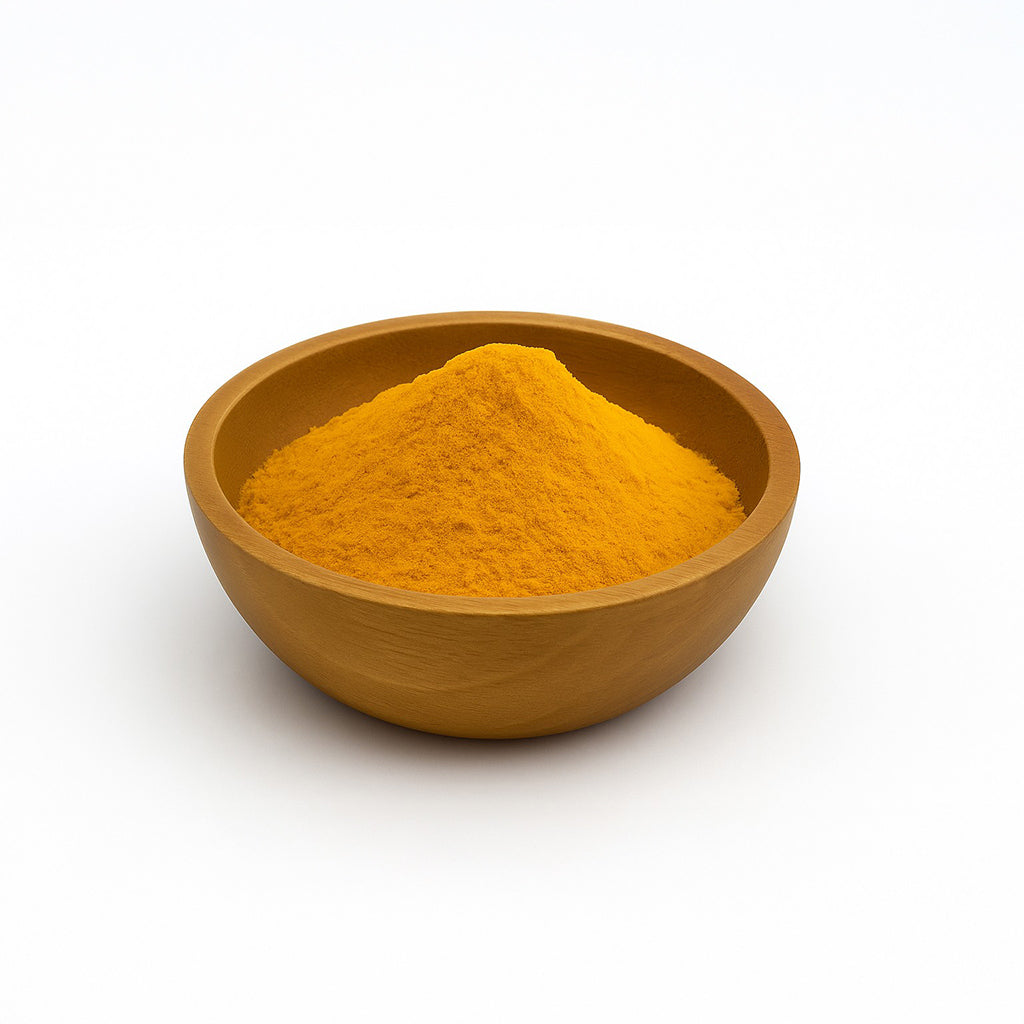 Organic Turmeric Powder (5%+ Curcumin) ACO Certified | Pantry & Bulk SizesOrganic Turmeric Powder (5%+ Curcumin) ACO Certified | Pantry & Bulk Sizes
Organic Turmeric Powder (5%+ Curcumin) ACO Certified | Pantry & Bulk SizesOrganic Turmeric Powder (5%+ Curcumin) ACO Certified | Pantry & Bulk Sizes- Regular price
-
$14.95 $199.00 - Regular price
-
- Sale price
-
$14.95 $199.00
-
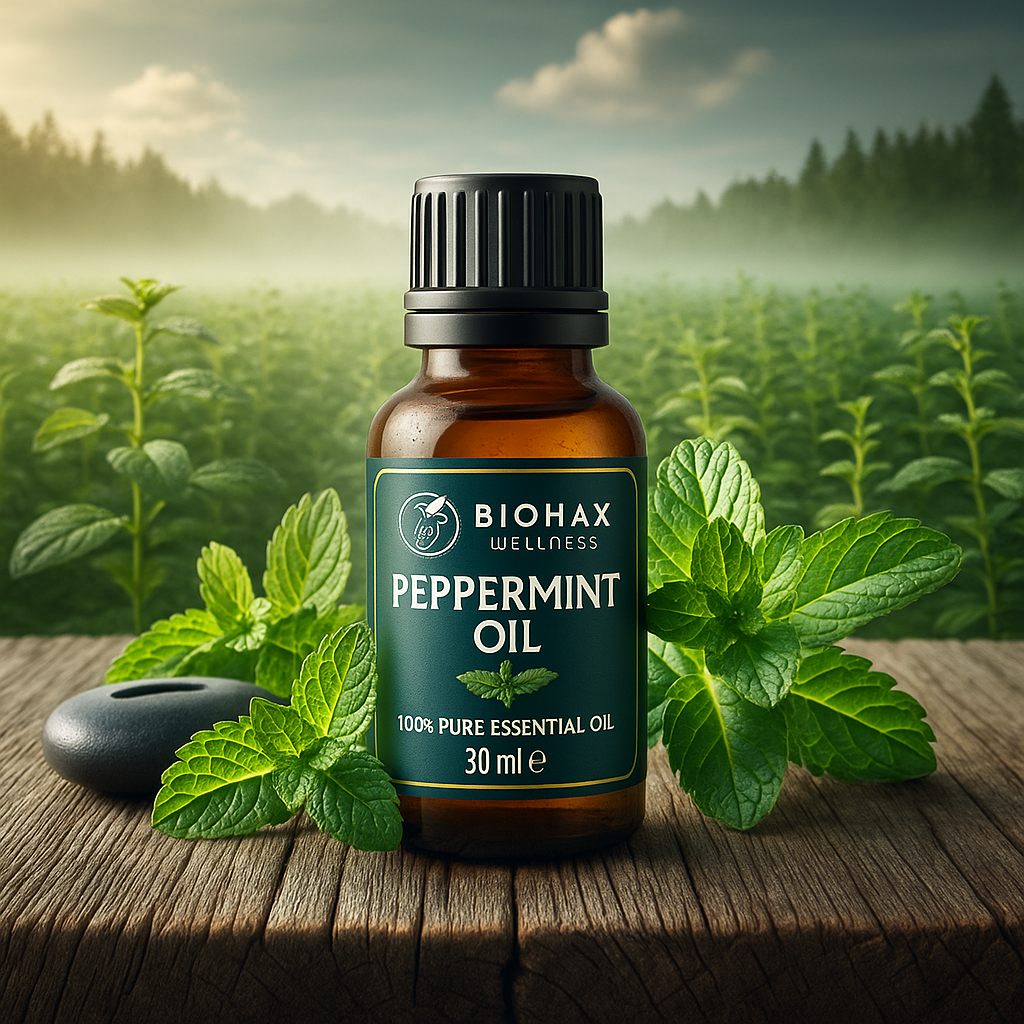
 Peppermint Essential Oil (100% Pure) IndiaPeppermint Essential Oil (100% Pure) India
Peppermint Essential Oil (100% Pure) IndiaPeppermint Essential Oil (100% Pure) India- Regular price
-
$11.99 $82.50 - Regular price
-
$0.00 - Sale price
-
$11.99 $82.50
-
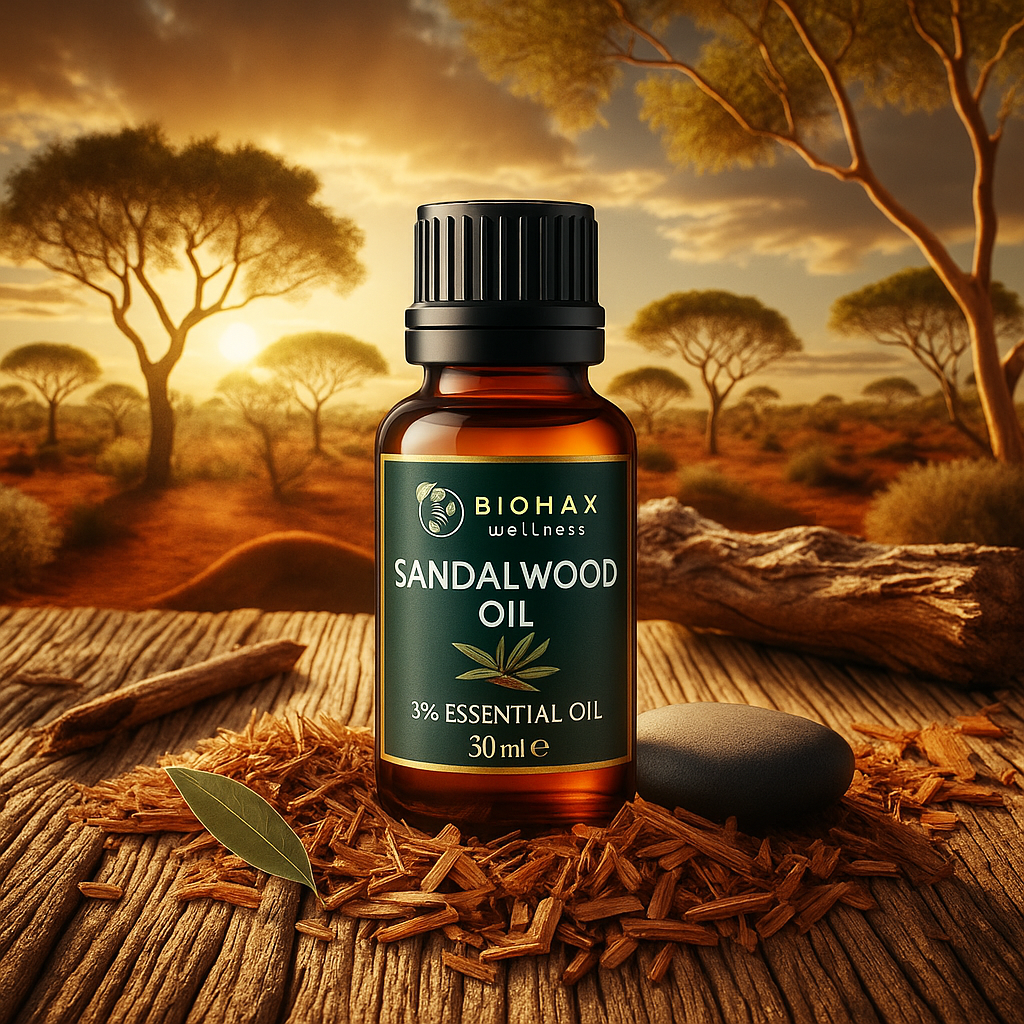
 Sandalwood Essential Oil (3% Dilution in Jojoba Oil) AustraliaSandalwood Essential Oil (3% Dilution in Jojoba Oil) Australia
Sandalwood Essential Oil (3% Dilution in Jojoba Oil) AustraliaSandalwood Essential Oil (3% Dilution in Jojoba Oil) Australia- Regular price
-
$13.99 $149.00 - Regular price
-
- Sale price
-
$13.99 $149.00
-
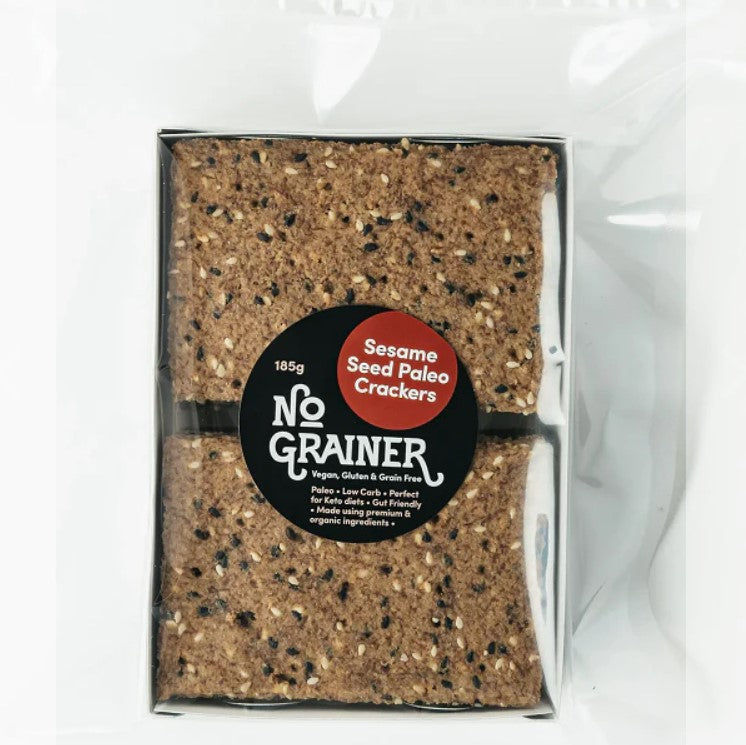
 Sesame Seed Paleo Crackers - No GrainerSesame Seed Paleo Crackers - No Grainer
Sesame Seed Paleo Crackers - No GrainerSesame Seed Paleo Crackers - No Grainer- Regular price
-
$16.50 - Regular price
-
- Sale price
-
$16.50
-
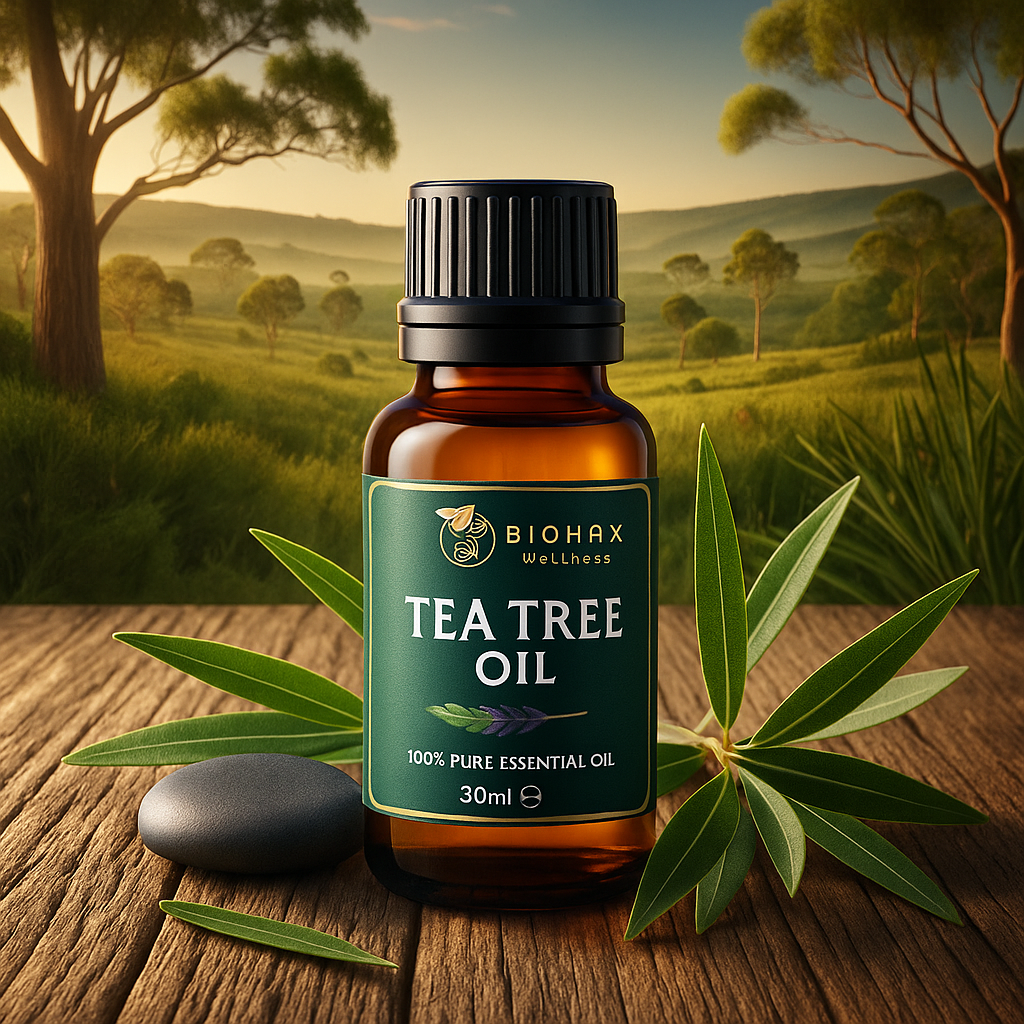
 Tea Tree Essential Oil (100% Pure) – Steam-Distilled in Australia 30mlTea Tree Essential Oil (100% Pure) – Steam-Distilled in Australia 30ml
Tea Tree Essential Oil (100% Pure) – Steam-Distilled in Australia 30mlTea Tree Essential Oil (100% Pure) – Steam-Distilled in Australia 30ml- Regular price
-
$13.99 - Regular price
-
- Sale price
-
$13.99
-
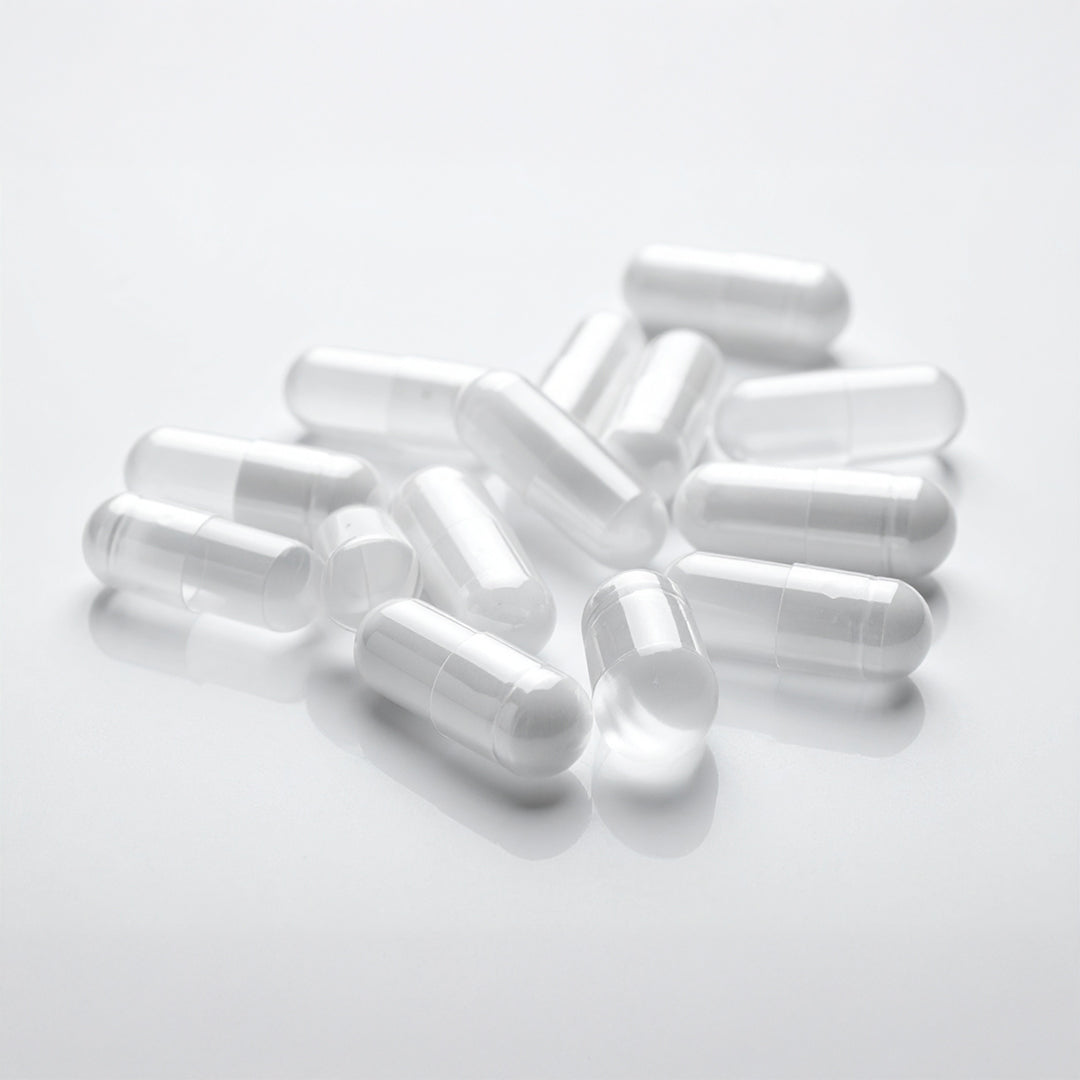
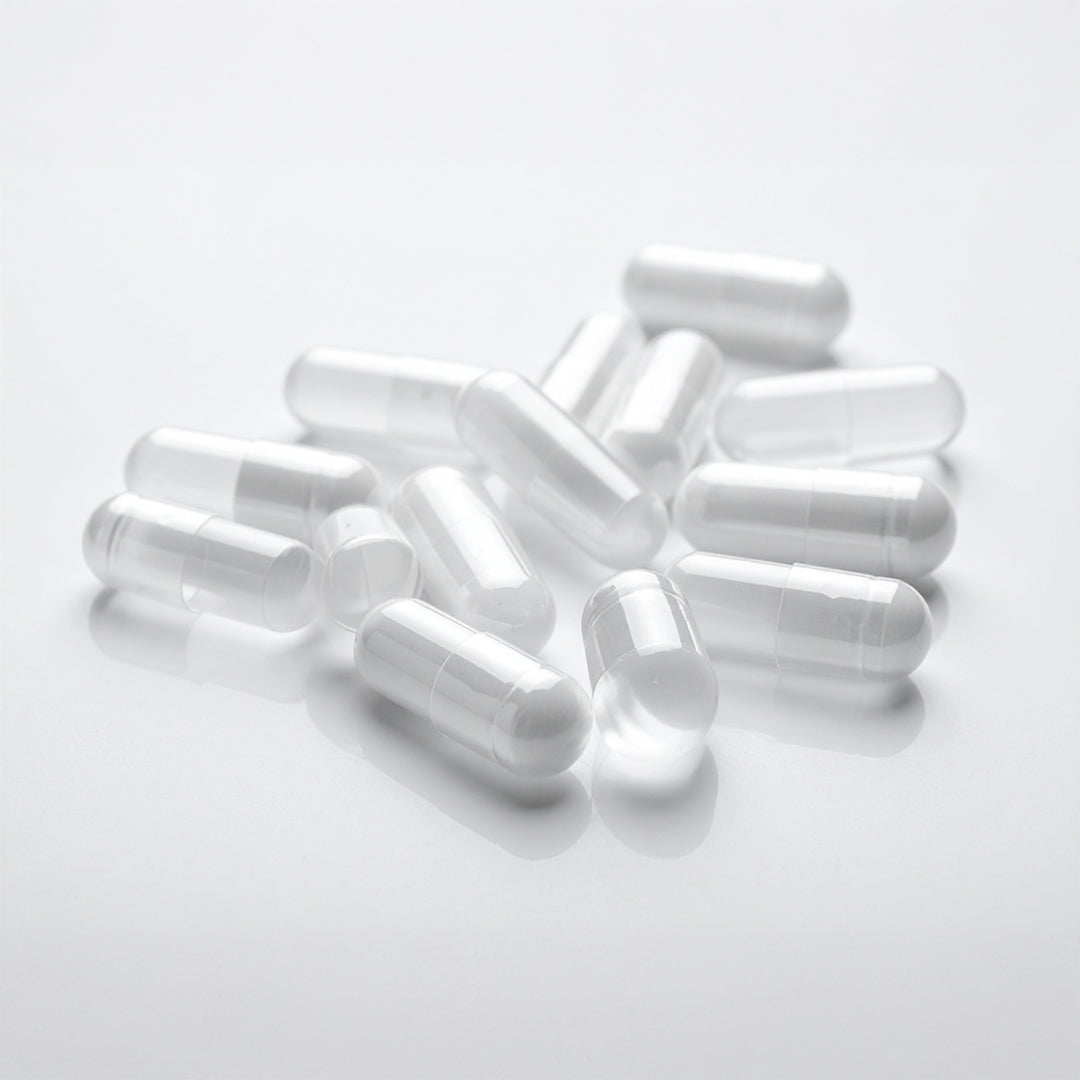 Veggie Capsules Size 0 – Plant-Based Empty CapsVeggie Capsules Size 0 – Plant-Based Empty Caps
Veggie Capsules Size 0 – Plant-Based Empty CapsVeggie Capsules Size 0 – Plant-Based Empty Caps- Regular price
-
$9.95 $134.95 - Regular price
-
- Sale price
-
$9.95 $134.95
-
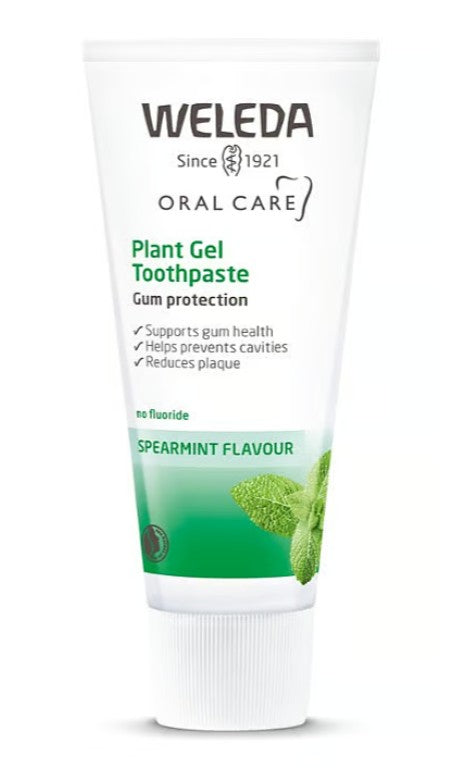
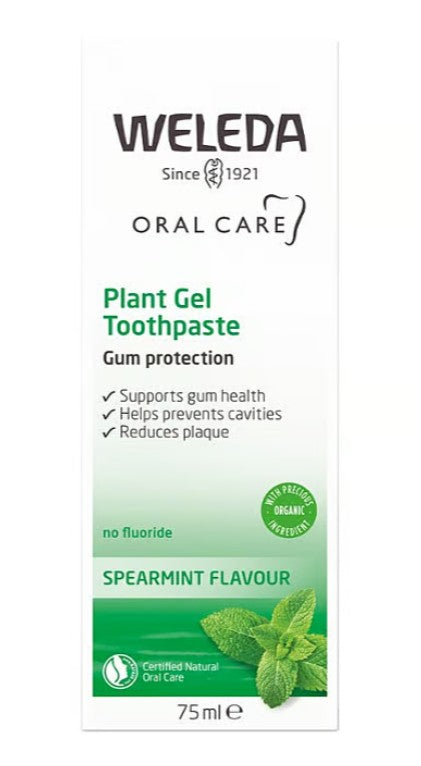 Weleda Plant Gel Toothpaste – Fluoride-Free Natural Oral CareWeleda Plant Gel Toothpaste – Fluoride-Free Natural Oral Care
Weleda Plant Gel Toothpaste – Fluoride-Free Natural Oral CareWeleda Plant Gel Toothpaste – Fluoride-Free Natural Oral Care- Regular price
-
$12.50 - Regular price
-
- Sale price
-
$12.50
-
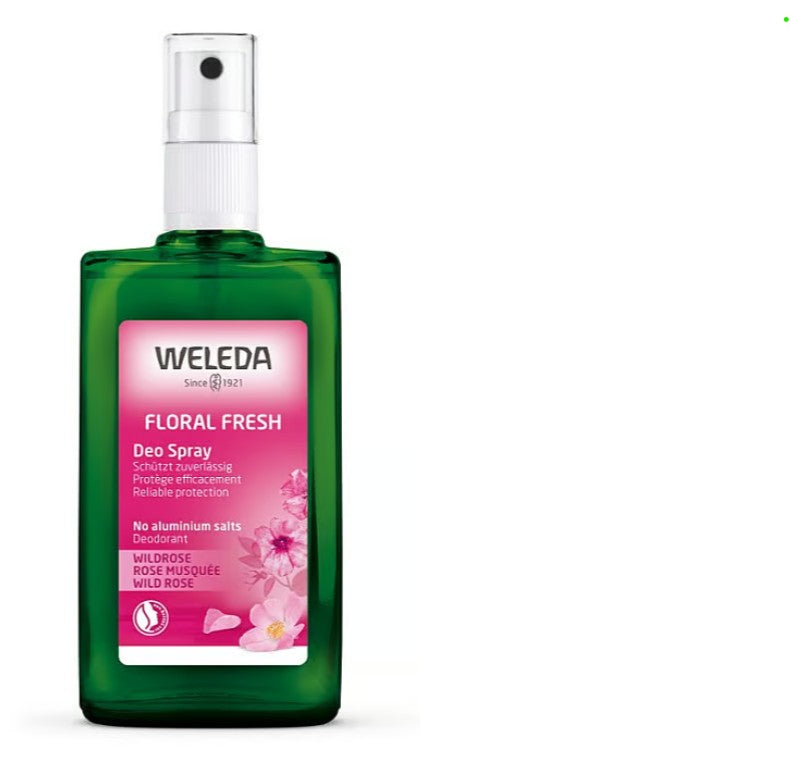
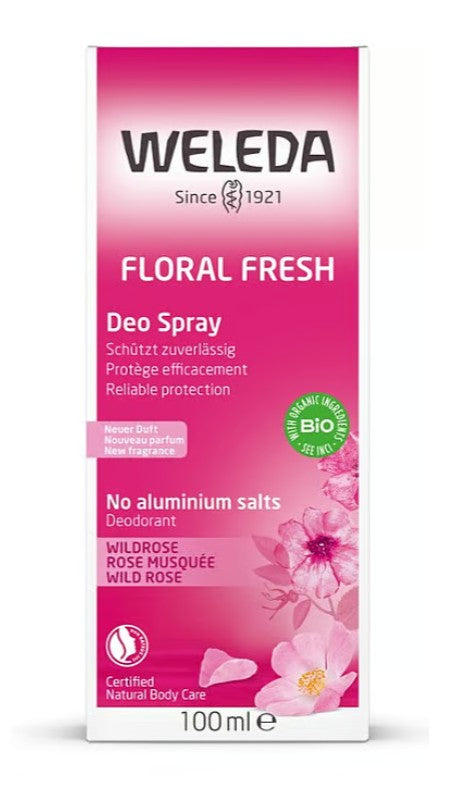 Weleda Wild Rose Deodorant – Aluminium-Free Natural Body SprayWeleda Wild Rose Deodorant – Aluminium-Free Natural Body Spray
Weleda Wild Rose Deodorant – Aluminium-Free Natural Body SprayWeleda Wild Rose Deodorant – Aluminium-Free Natural Body Spray- Regular price
-
$29.95 - Regular price
-
- Sale price
-
$29.95
-
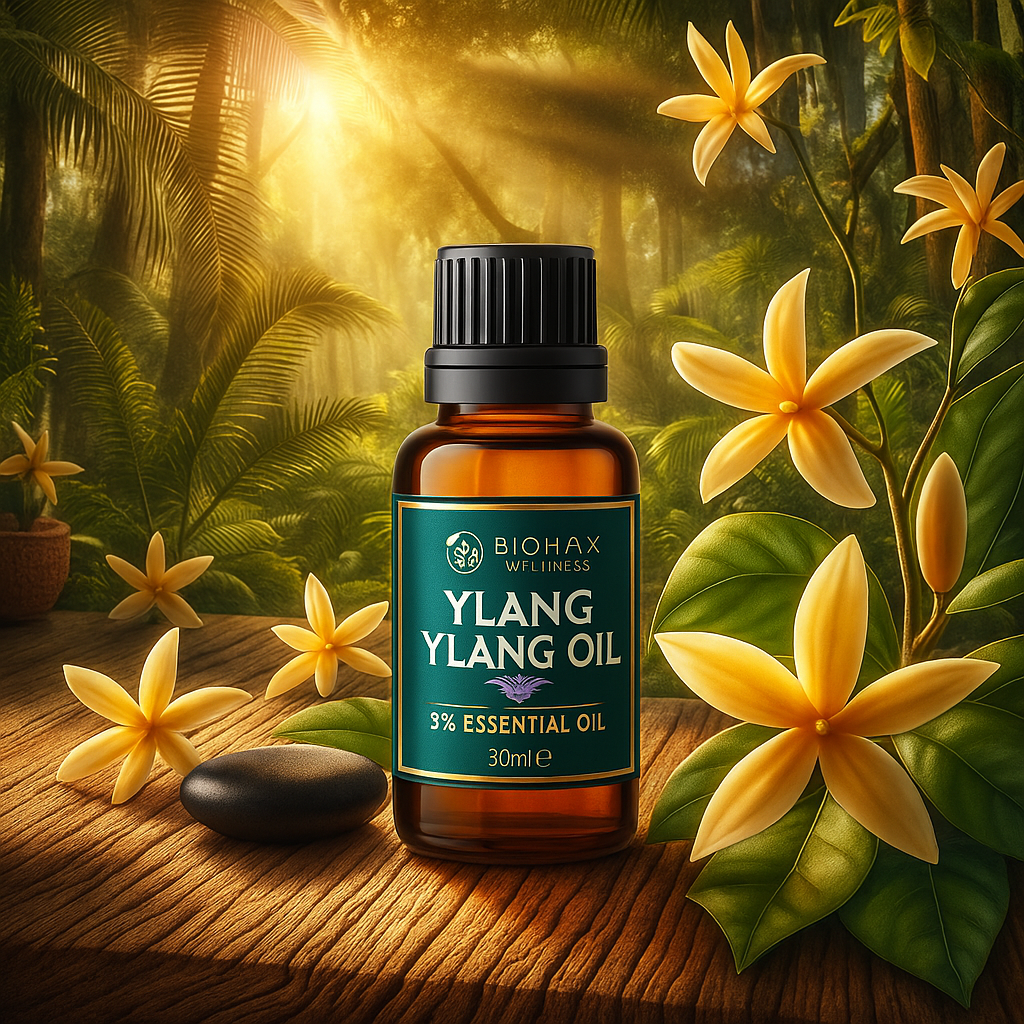
 Ylang Ylang Essential Oil (100% Pure) MadagascarYlang Ylang Essential Oil (100% Pure) Madagascar
Ylang Ylang Essential Oil (100% Pure) MadagascarYlang Ylang Essential Oil (100% Pure) Madagascar- Regular price
-
$14.99 $165.00 - Regular price
-
- Sale price
-
$14.99 $165.00

